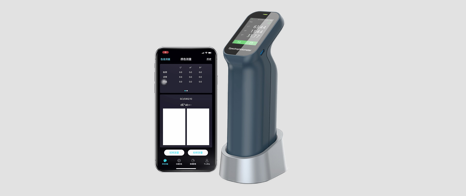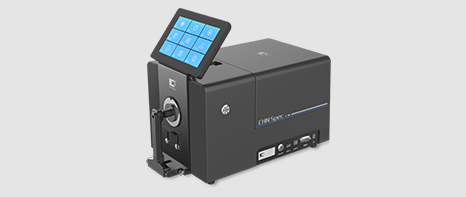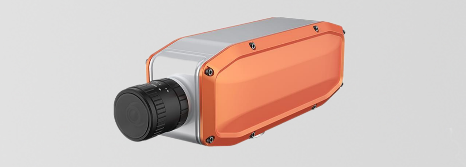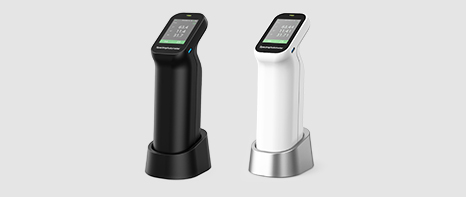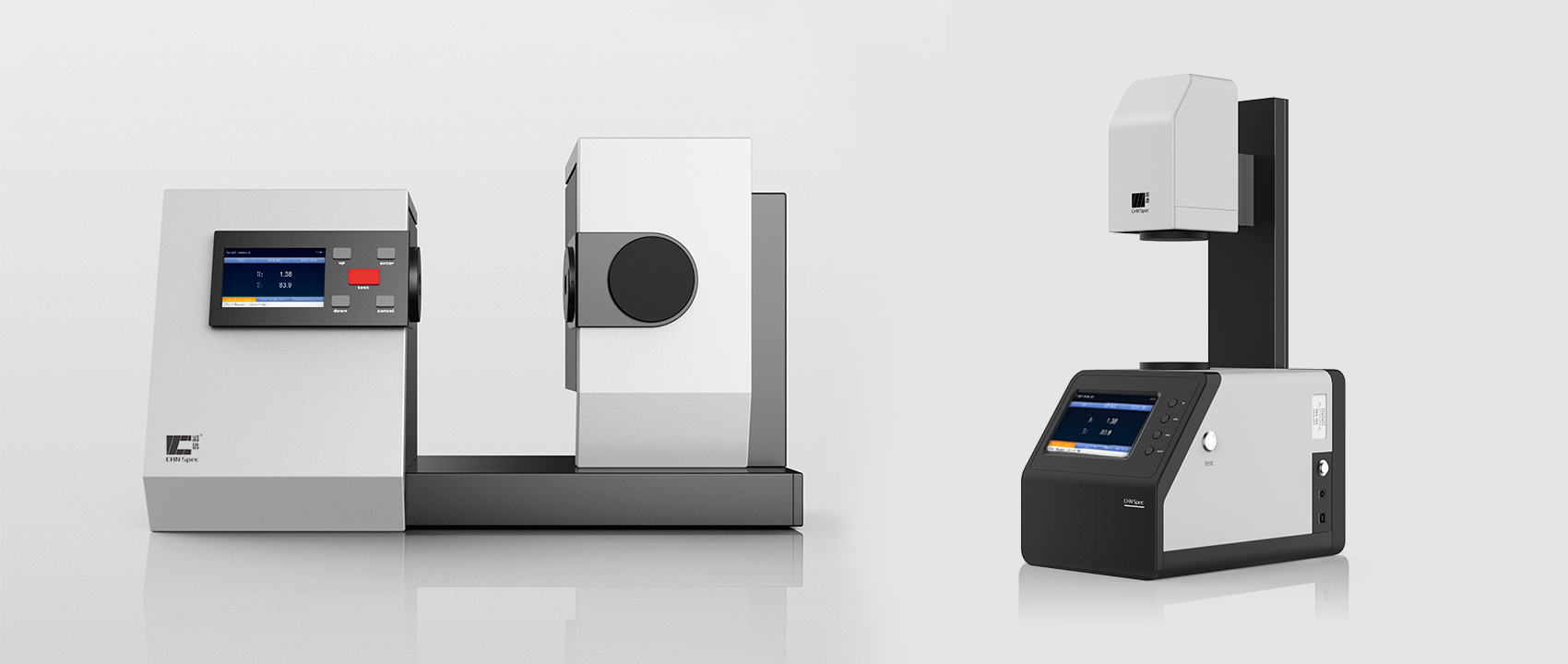- Color Education
-
-
Color Knowledge
-
Current position:Home > Color Knowledge
-
Transparent Liquid Color Standard Test Method
-
1. Scope
1.1 This test method covers the measurement of the color of transparent liquids by means of comparison with arbitrarily numbered glass standards.
1.2 This standard does not purport to address all of the safety concerns, if any, associated with its use. It is the responsibility of the user of this standard to establish appro- priate safety and health practices and determine the applica-bility of regulatory limitations prior to use.
2. Referenced Documents
2.1 ASTM Standards: D 1545 Test Method for Viscosity of Transparent Liquids by Bubble Time Method 2
E 308 Practice for Computing the Colors of Objects by Using the CIE System 3
3. Significance and Use
3.1 This test method applies to drying oils, varnishes, fatty acids, polymerized fatty acids, and resin solutions. Its application to other materials has not been tested.
4. Apparatus
4.1 Glass Standards, 18, numbered separately, and having the color characteristics given in Table 1. The color shall be produced by the glass components only. Some glass standards in use today do not conform to the values reported in Table 1. The calibration of glass standards should be verified prior to
use, a suitable procedure for their calibration is contained in Appendix X1.
4.2 Glass Tubes, clear, 10.65 mm in inside diameter and about 114 mm in outside length. (Viscosity tubes, as described in Test Method D 1545, are satisfactory.)
4.3 Suitable apparatus for comparing sample and standard.
The apparatus may be of any design, but should have the following characteristics:
4.3.1 Illumination—CIE Illuminant C.

4.3.2 Surrounding Field—The field should not differ significantly in brightness from the samples and standards and should be essentially achromatic.
4.3.3 Field of View—The specimen and one or more standards should subtend a visual angle of about 2 ° and be in the field of view simultaneously.
4.3.4 Separation of Standard and Specimen—There should be a perceptible separation between specimen and standard, but this should be as small as is mechanically possible.
5. Procedure
5.1 Fill a glass tube with the material under test. If the material is perceptibly cloudy, first filter it.
5.2 Compare with glass standards, determining which standard most closely matches the specimen in brightness and saturation. Ignore hue differences.
6. Report
6.1 Report the color as the number of the standard most closely matching the specimen. If more precise measurements are needed, report as either matching a standard or lighter ordarker. Thus, between colors 5 and 6, the steps will be 5, 5+ ,6−, and 6.
7. Precision and Bias
7.1 On the basis of a study in which one observer at each of 80 laboratories made duplicate determinations on four samples, the“ between” and “within” standard deviations were found to be 0.5 and 0.1 color number, respectively. Based on these standard deviations, the following criteria should be used for judging the acceptability of results at the 95 % confidence level.
7.2 Repeatability—Two results obtained by a single operator should be considered suspect if they differ by more than two thirds of a color number.
7.3 Reproducibility—Two results, each of the mean of duplicate measurements, made by operators in different labo-ratories should be considered suspect if they differ by more than four thirds of a color number.
N OTE 1—If desired, liquid standards matching the colors given in Table 1, in glass tubes similar to the sample tubes may be used. These may be filled with potassium chloroplatinate for the light colors and solutions of ferric chloride and cobalt chloride in hydrochloric acid for the darker colors. The specifications and approximate composition of these solutions are given in Test Method D 1544 – 58 T. 4 Many Glass Standards in current use do not conform to the values of Table 1.
N OTE 2—The precision data were obtained using an instrument in which two standards are viewed simultaneously. There are other instru-ments available for color matching which would be expected to give similar results, but the statement above applies only to the instrument checked.
8. Keywords
8.1 glass filters; other measurements; transparent standards.

